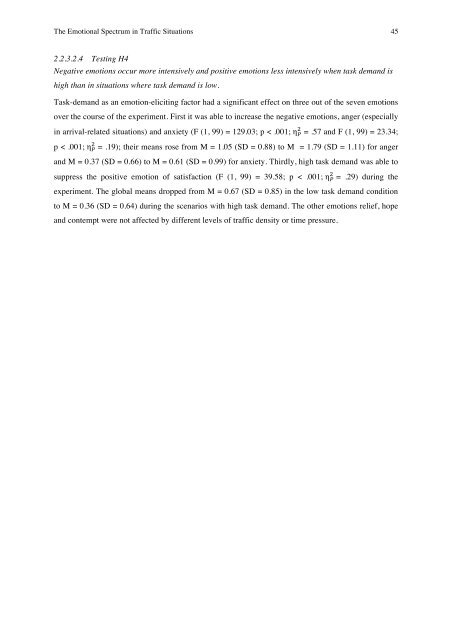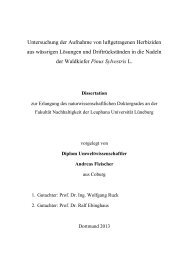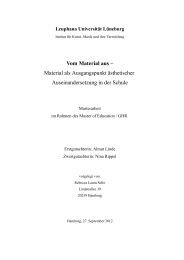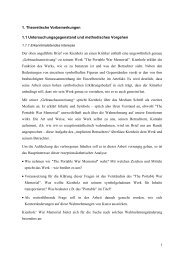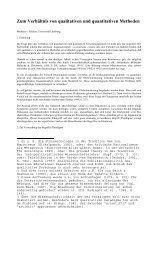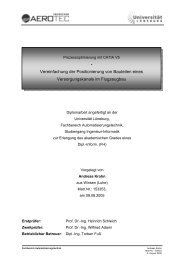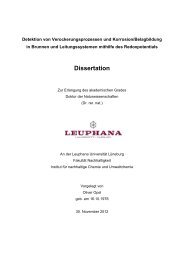Determinants of Emotional Experiences in Traffic Situations ... - OPUS
Determinants of Emotional Experiences in Traffic Situations ... - OPUS
Determinants of Emotional Experiences in Traffic Situations ... - OPUS
You also want an ePaper? Increase the reach of your titles
YUMPU automatically turns print PDFs into web optimized ePapers that Google loves.
The <strong>Emotional</strong> Spectrum <strong>in</strong> <strong>Traffic</strong> <strong>Situations</strong> 45<br />
2.2.3.2.4 Test<strong>in</strong>g H4<br />
Negative emotions occur more <strong>in</strong>tensively and positive emotions less <strong>in</strong>tensively when task demand is<br />
high than <strong>in</strong> situations where task demand is low.<br />
Task-demand as an emotion-elicit<strong>in</strong>g factor had a significant effect on three out <strong>of</strong> the seven emotions<br />
over the course <strong>of</strong> the experiment. First it was able to <strong>in</strong>crease the negative emotions, anger (especially<br />
<strong>in</strong> arrival-related situations) and anxiety (F (1, 99) = 129.03; p < .001; η ! ! = .57 and F (1, 99) = 23.34;<br />
p < .001; η ! ! = .19); their means rose from M = 1.05 (SD = 0.88) to M = 1.79 (SD = 1.11) for anger<br />
and M = 0.37 (SD = 0.66) to M = 0.61 (SD = 0.99) for anxiety. Thirdly, high task demand was able to<br />
!<br />
suppress the positive emotion <strong>of</strong> satisfaction (F (1, 99) = 39.58; p < .001; η ! = .29) dur<strong>in</strong>g the<br />
experiment. The global means dropped from M = 0.67 (SD = 0.85) <strong>in</strong> the low task demand condition<br />
to M = 0.36 (SD = 0.64) dur<strong>in</strong>g the scenarios with high task demand. The other emotions relief, hope<br />
and contempt were not affected by different levels <strong>of</strong> traffic density or time pressure.<br />
!


